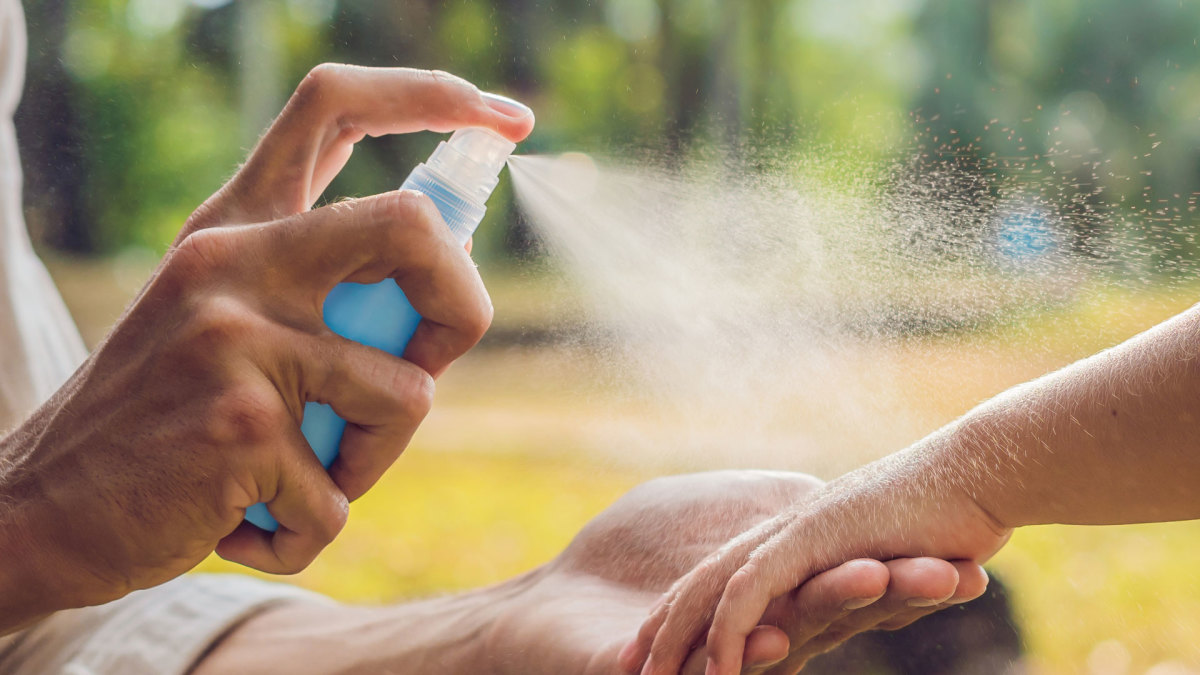As a kid, I spent my summers running barefoot through the forest, refused to use a tent because I preferred sleeping under the stars, and thought that nothing the Earth created could actually hurt me. A few years back, I had a scare with Lyme disease and became a slave to researching the disease only to find that many believe mosquitoes do in fact carry the tick-born illness.
According to the American Mosquito Association, mosquitoes cause more human suffering than any other organism and are responsible for over one million deaths each year. In addition to Lyme, they have been known to carry Malaria, Chikungunya Dengue, Yellow Fever, West Nile Virus, and Zika Virus, among many others.

With my new-found knowledge, I became paranoid when spending evenings outdoors, sweated through layers of protective clothing on tropical vacations, and swallowed garlic by the cloves. Mosquitoes love me and despite my best efforts, I continued to get bites and longed for the care-free days of my childhood.
During my scare with Lyme, I became extremely health conscious, both in terms of diet and the products I use on my skin. The skin is the human body’s largest organ and 60% of what you put on your skin is absorbed by your body —so, if you’re using bug spray laden with chemicals, it will likely effect your body, as well.

I set out on a mission to find a bug spray that was not only effective but was also healthy for my body and the environment. After months of toying with different ingredients, a friend recommended a DIY recipe that works like a charm. Sure, I still get bit from time to time, but I’m back to enjoying my time outdoors knowing that I’m taking precautions in the healthiest way possible.

Here’s the all-natural recipe that’s been working wonderfully for me:
What you Need:
– Kitchen scale
– Small bowl
– Spray bottle
– Funnel (optional)
– 2 ounces sweet almond oil
– 10 drops neem oil
– 6 drops lavender oil
– 6 drops cinnamon oil

Neem oil is a naturally occurring pesticide that comes from the seeds of the neem tree; it has been used for hundreds of years to control pests and disease. Lavender oil is often used to freshen up a room or aid in sleep, but the smell is a major turn-off to flies, mosquitoes, and other pesky insects. Cinnamon oil has a strong smell and works well at repelling ants because its scent blocks their neuroreceptors, thus preventing them from sending signals back to their nests. Almond oil acts as the base—it is a carrier oil that isn’t too greasy and is light on the skin. All of the supplies on this short list are affordable and are readily available online.
Directions:
– Place your bowl on the kitchen scale and hit the tare button.
– Slowly add almond oil until you reach 2 ounces.
– Remove the bowl from the scale and carefully add in the rest of the ingredients.
– Using a funnel, transfer the mix into a glass spray bottle. Shake well before using.
And just like that, you’re ready for a backcountry adventure, backyard barbecue, and everything in between. A little goes a long way, so you don’t need to use much when applying your spray.
Disclaimer: Nature is unpredictable and like most bug sprays, you still have a chance of getting bit while wearing your homemade concoction.
Shoutout to KT Howard for the recipe.
from Men's Journal https://ift.tt/2XVnWtZ


0 comments